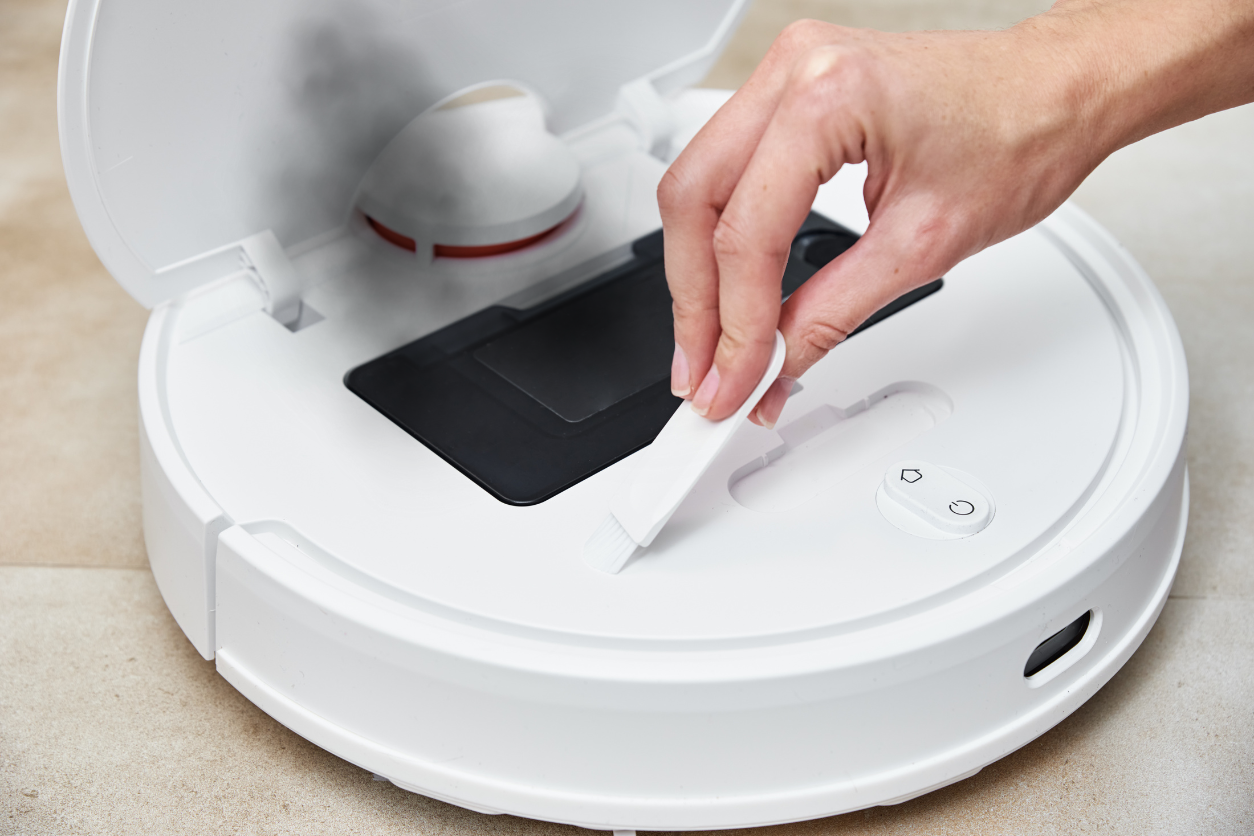Why Does My Vacuum Smell Burnt: 4 Common Issues and How to Fix Them

Keeping your home clean can sometimes come with unexpected surprises, like strange smells coming from your vacuum. You’re in the middle of your usual cleaning routine, and suddenly, there’s that unmistakable burnt odor filling the room. It’s enough to make anyone pause and wonder what’s going wrong. If this sounds familiar, you’re probably looking for answers to what could be causing that burnt smell and how to fix it before it turns into a bigger problem. There are a few common reasons this might be happening, and it’s important to address them to keep your vacuum cleaner running smoothly.
Why Does My Vacuum Smell Burnt?
When your vacuum starts emitting a burnt smell, it’s often a sign that something inside isn’t functioning as it should. The most common causes range from simple issues like a clogged filter to more serious problems such as a failing motor. Let’s explore some of these potential culprits.
Overheating Motor
One of the most frequent reasons behind that burnt smell is an overheating motor. Your vacuum’s motor works hard to generate suction, and if something hinders its cooling process, it can overheat. This typically happens when the vacuum bag or canister is too full, or when filters are clogged, blocking airflow. The motor ends up working overtime, and the result is often a burning smell, which could mean the motor is starting to burn out.
To prevent this, make it a habit to check the bag or canister regularly and empty it before it gets too full. Also, clean or replace filters according to the manufacturer’s recommendations. This keeps the airflow optimal, allowing the motor to stay cool while it operates.
Belt Issues
If your vacuum uses a rubber belt to turn the brush roll, this belt could be another source of that unpleasant burnt smell. Over time, vacuum belts can wear out, become misaligned, or even snap. When the belt doesn’t spin freely, it can create friction, causing the rubber to overheat and emit a burning odor. In some cases, you might even notice that the vacuum’s brush roll isn’t turning as it should, further confirming that the belt is the issue.
If you suspect the belt, unplug the vacuum and check the belt’s condition. If it’s worn or damaged, replacing it is usually a straightforward task. Just make sure to consult your vacuum’s manual for the correct replacement belt and installation procedure.
Clogged Filters and Blocked Airflow
Your vacuum relies on smooth airflow to keep everything running efficiently. When filters or hoses become clogged, or the air pathway is blocked, the motor has to work harder, which can cause it to overheat. This overheating, as mentioned earlier, can result in a burnt smell. In addition, the blockage itself might start to heat up, particularly if it’s something like hair or carpet fibers caught in the brush roll.
To fix this, turn off the vacuum and unplug it. Check all the hoses, the brush roll, and the filters for any clogs or blockages. Cleaning these out can often solve the problem and get rid of the burnt smell. Regular maintenance, like cleaning the brush roll and replacing filters, can also prevent this issue from occurring in the first place.
Electrical Issues
If you’ve ruled out motor overheating, belt problems, and blockages, the cause might be more serious, such as an electrical issue. Faulty wiring, a short circuit in the motor, or a damaged power cord can all lead to a burning smell. Electrical issues are not something to ignore, as they pose a risk of fire or electric shock.
If you suspect an electrical problem, it’s best to stop using the vacuum immediately and unplug it. At this point, a professional repair might be necessary, as dealing with electrical components can be dangerous if you’re not experienced.
What to Do When Your Vacuum Smells Burnt
When you first notice that burnt smell, the best thing to do is to turn off your vacuum and unplug it right away. Don’t continue using it until you’ve identified the source of the problem. Here’s a quick rundown of steps you can take to diagnose and potentially fix the issue:
- Check the bag or canister: If it’s full, empty it. A full bag or canister can obstruct airflow and cause the motor to overheat.
- Inspect the filters: Make sure the filters are clean and not clogged. If they’re dirty, clean or replace them according to the manufacturer’s instructions.
- Examine the belt: Look at the vacuum’s belt to see if it’s worn, broken, or misaligned. If it is, replacing it should resolve the issue.
- Clear the hoses and nozzles: Check for any blockages in the hose or nozzles. A simple broom handle can help push out any obstructions.
- Look for electrical issues: If the smell seems electrical in nature, don’t take any chances—consult a professional repair service.
To keep your vacuum in good working order and avoid that burnt smell in the future, regular maintenance is key. This includes emptying the vacuum bag or canister regularly, cleaning or replacing filters as needed, and checking for any signs of wear on the belt. It’s also important to be mindful of the vacuum’s workload; don’t push it too hard by vacuuming large areas without giving it a break.
Decades of Combined Expertise
Best Buy Guidebook is a culmination of online publishing lessons learned. From SEO to paid ads, our team has experienced the highest of highs and the lowest of lows. Our goal now is simple: Arm readers with the most information possible.
